In the ever-evolving world of wellness, collagen supplements have surged in popularity, promising everything from glowing skin to stronger joints. As we age, our natural collagen production declines by about 1% per year after our 20s, leading many to seek out these supplements to combat wrinkles, joint pain, and support active lifestyles. But with options ranging from powders to pills, the big question remains: Which form is superior?
This blog dives into the science, pros and cons, effectiveness for key health areas like skin, joints, and active wellness, and emerging trends in collagen discussions. By the end, you'll have a clearer picture of what might work best for you.
Understanding Collagen: The Science Behind the Hype
Collagen is the most abundant protein in the human body, making up about 30% of our total protein content. It’s the glue that holds our skin, bones, tendons, ligaments, and cartilage together, providing structure and elasticity. There are at least 28 types of collagen, but Types I, II, III, V, and X are the most common in supplements.
Type I, found in skin, bones, and tendons, supports skin health and wound healing. Type II is crucial for cartilage and joint function, while Type III aids in skin elasticity and muscle structure. Types V and X play roles in placental tissue and bone formation, respectively.
Scientific studies on collagen supplements have yielded mixed but increasingly positive results. A 2025 meta-analysis of 23 randomized controlled trials (RCTs) found that collagen supplements significantly improved skin hydration, elasticity, and wrinkles, with effects noticeable after 8-12 weeks of consistent use. Participants taking 2.5-15 grams daily saw measurable benefits, particularly in skin metrics. For joints, research from UC Davis indicates that collagen increases circulating markers like procollagen N-terminal peptide, suggesting enhanced bone and joint repair. A systematic review highlighted that hydrolyzed collagen (broken down into peptides for better absorption) can reduce joint pain in athletes and those with osteoarthritis.
However, not all studies are glowing. Some experts, including those from Harvard Health, note limited evidence for dramatic changes in skin, hair, or nails, emphasizing that results vary by individual factors like age, diet, and dosage.
Absorption is key: Hydrolyzed forms are broken into smaller peptides, allowing up to 90% bioavailability, regardless of whether it's in powder or pill form. Still, skeptics argue that the body might not direct these peptides specifically to skin or joints, as they're broken down into amino acids during digestion.
Despite the debate, the global collagen market is projected to reach $9.4 billion by 2032, driven by aging populations and social media trends. People are discussing not just efficacy but also sustainability, with marine and plant-based options gaining traction over bovine sources due to environmental concerns.
Pros and Cons of Collagen Powder
Collagen powder is a versatile staple in many wellness routines, often derived from bovine, marine, or chicken sources and hydrolyzed for easy digestion.
Pros:
- Higher Dosage Flexibility: Powders typically allow for larger servings—10-20 grams per scoop—making it easier to hit the recommended 2.5-15 grams daily for optimal benefits. This is ideal for those targeting multiple areas like skin and joints.
- Versatility: Mix it into smoothies, coffee, or soups without altering texture much. Unflavored options blend seamlessly, while flavored ones (like chocolate or berry) make it enjoyable.
- Cost-Effective: Generally cheaper per gram than pills, especially in bulk. No fillers mean purer collagen.
- Multi-Ingredient Blends: Powders lend themselves to combinations with vitamins, greens, or probiotics, enhancing overall wellness.
Cons:
- Inconvenience: Measuring and mixing can be messy, especially on the go. If not dissolved properly, it might clump.
- Taste and Texture: Even unflavored powders can have a subtle "meaty" aftertaste, and poor-quality ones might contain heavy metals if not third-party tested.
- Storage Issues: Powders require airtight containers to prevent moisture absorption and spoilage.
Pros and Cons of Collagen Pills
Pills (or capsules) offer a no-fuss approach, encapsulating collagen peptides in easy-to-swallow forms.
Pros:
- Convenience: Pop a few pills with water—no mixing required. Perfect for travel or busy schedules.
- No Taste: Ideal for those sensitive to flavors; the capsule masks any off-putting taste.
- Portability: Small and discreet, they fit in purses or gym bags without spilling.
- Precise Dosing: Each pill has a set amount, reducing guesswork.
Cons:
- Lower Dosage: Most capsules contain 1-5 grams, so you might need multiple pills to reach effective levels, increasing cost and pill burden.
- Fillers and Additives: Tablets often include binders, sugars, or gelatin, which can dilute purity or cause digestive issues.
- Higher Cost: More expensive per serving, especially for high doses.
- Absorption Variability: While effective, some studies suggest capsules might release slower in the gut compared to powders dissolved in liquid.
Which Is More Effective for Skin, Joints, and Active Wellness?
Effectiveness boils down to dosage, type, and consistency rather than form alone. Both powders and pills deliver hydrolyzed collagen equally well, but powders often win for higher, customizable doses.
For Skin: Type I and III are best, promoting elasticity and reducing wrinkles. Studies show 2.5-5 grams daily improves hydration and firmness. Powders edge out here due to easier high-dosing; for instance, mixing into a daily smoothie ensures steady intake. Pills work fine for maintenance, but may require more to match.
For Joints: Type II collagen shines, reducing pain and supporting cartilage. Doses of 10-15 grams are common in trials showing decreased arthritis symptoms. Powders are superior for active individuals, as they can include undenatured Type II (less processed for immune benefits) and mix with anti-inflammatory ingredients. Capsules suit low-maintenance users but limit multi-type blends.
For Active Wellness: Athletes and fitness enthusiasts benefit from collagen's role in recovery, muscle repair, and injury prevention. Types I, II, and III combined support tendons and ligaments. Powders are most effective here, allowing integration into pre/post-workout shakes for better absorption with protein or carbs. A Hackensack Meridian Health review notes collagen enhances bone density and joint mobility in active people. Pills are convenient for on-the-go, but often fall short in dosage for intense needs.
Different collagen types may fare better in one form over the other due to formulation. Powders accommodate multi-collagen blends (e.g., I, II, III, V, X) easily, ideal for comprehensive benefits. Capsules, limited by size, often focus on one or two types and might use more processed forms to fit. For sensitive types like undenatured Type II (better for joints as it retains structure), powders preserve integrity without compression.
Spotlight on Xendurance Collagen & Greens: A Powder Powerhouse
A prime example of powder's advantages is Xendurance Collagen & Greens, a grass-fed blend combining collagen with organic superfood greens like spirulina, kale, and moringa. This product features Types I and III peptides—Type I for robust skin and bone support (accounting for 90% of body collagen), and Type III for skin elasticity, joint mobility and vascular health. Why powder? It allows seamless integration of greens, boosting nutrient density for detoxification, energy, and anti-inflammation—perfect for active wellness. Runners note it aids injury healing and prevention, combining collagen's joint support with greens' antioxidants. Chosen as powder over pills likely for higher dosing (up to 10-15g collagen per serving) and synergy with greens, which capsules couldn't accommodate without multiple pills.
Choosing Collagen Based on Your Lifestyle
Ultimately, neither powder nor pills is universally better—it depends on your needs. For active wellness, skin, and joints, powders like Xendurance Collagen & Greens offer versatility, higher doses, and multi-benefit blends, making them more effective for comprehensive results. Pills shine in convenience for busy folks or beginners. Whichever you choose, opt for hydrolyzed or peptide, third-party-tested products and pair with a balanced diet. As science evolves, collagen remains a promising tool in the quest for vitality. Consistency is key to the results you desire.


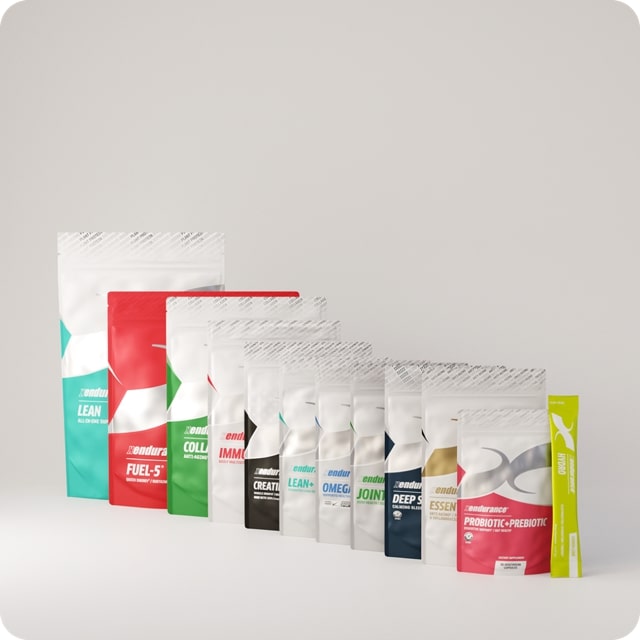
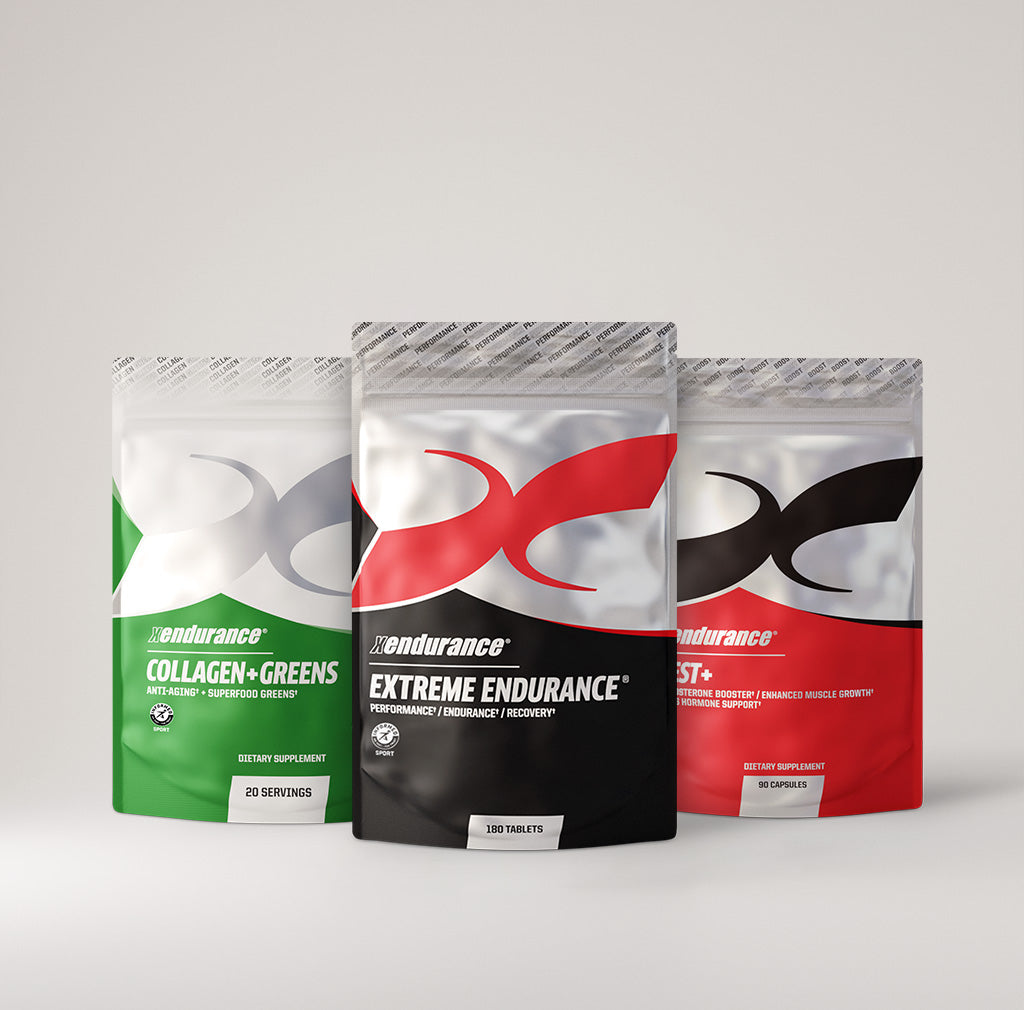
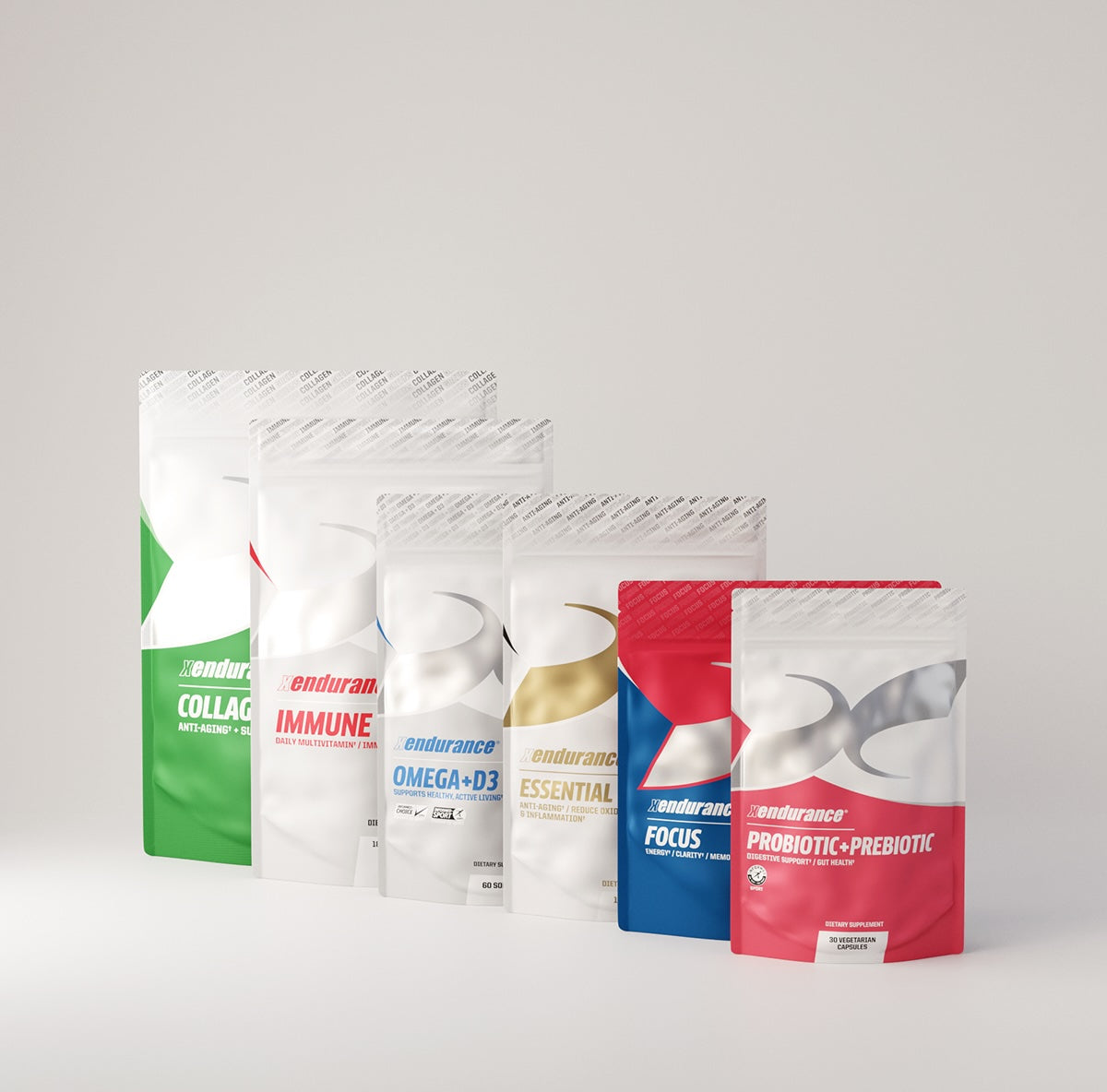
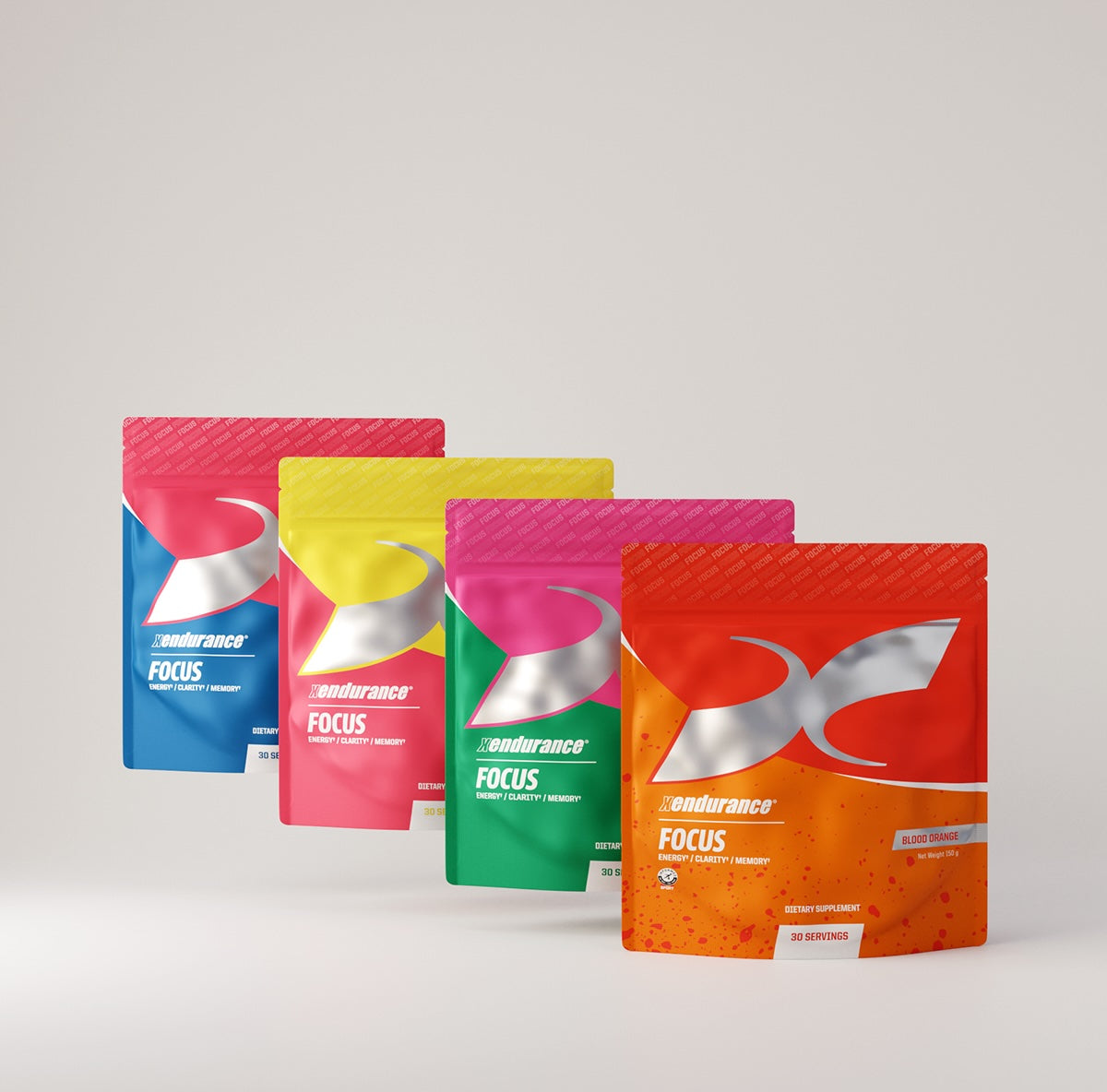
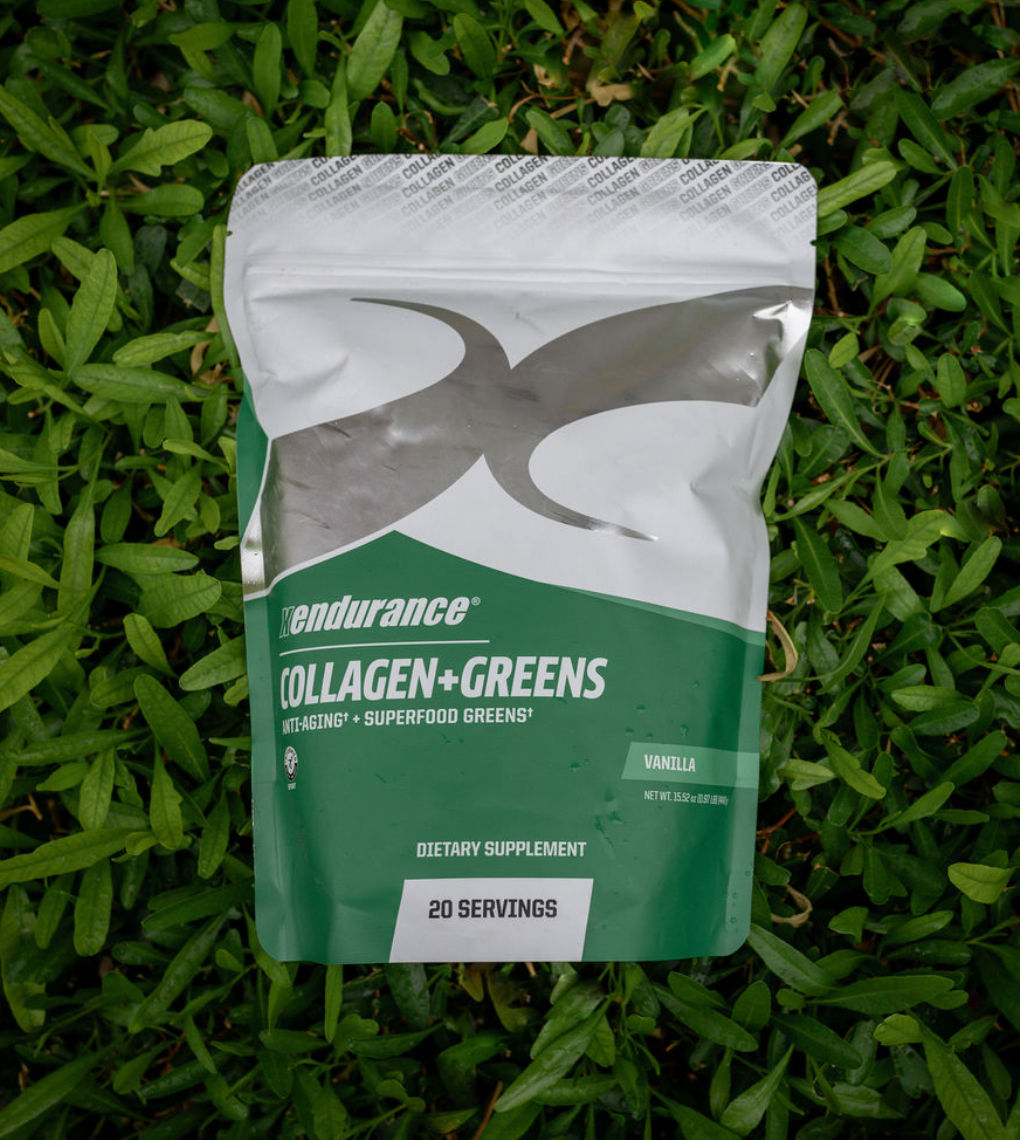

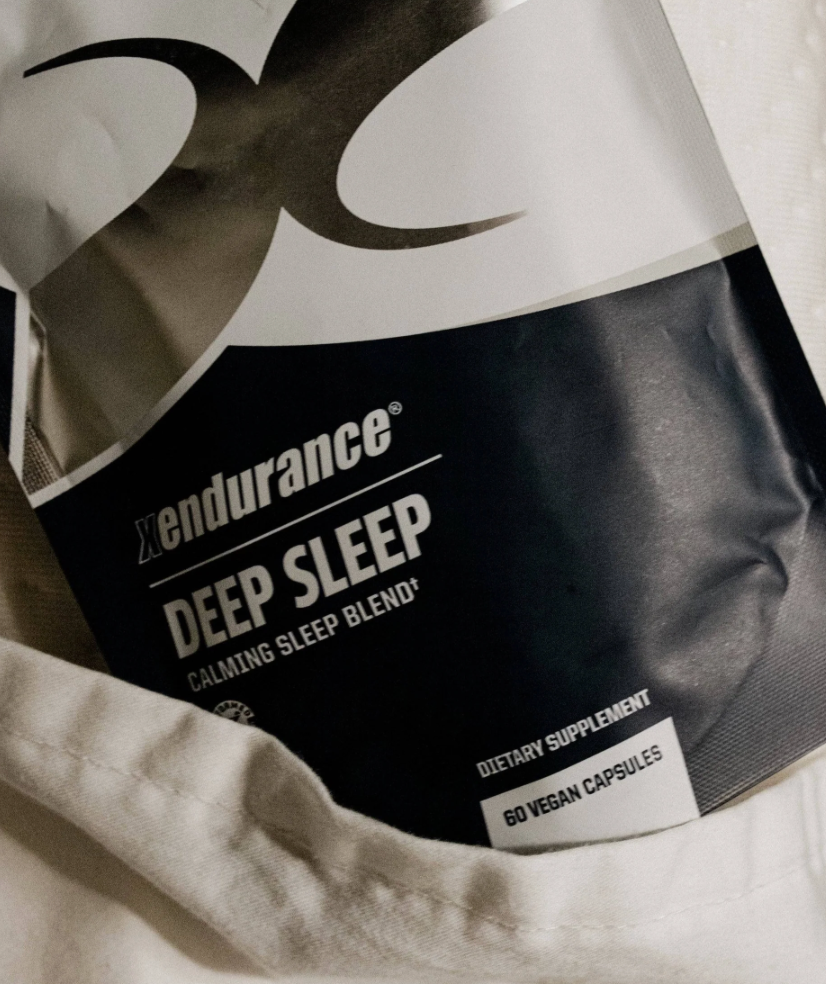
Leave a comment
This site is protected by hCaptcha and the hCaptcha Privacy Policy and Terms of Service apply.